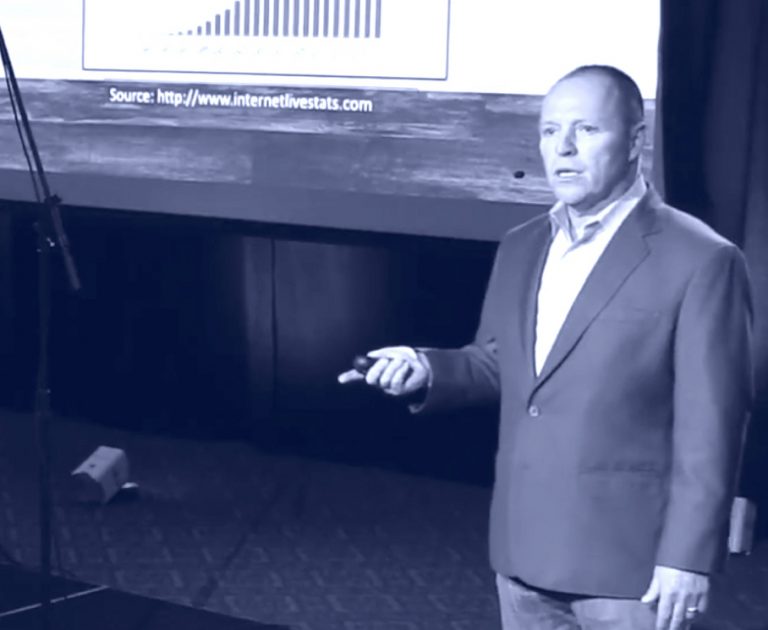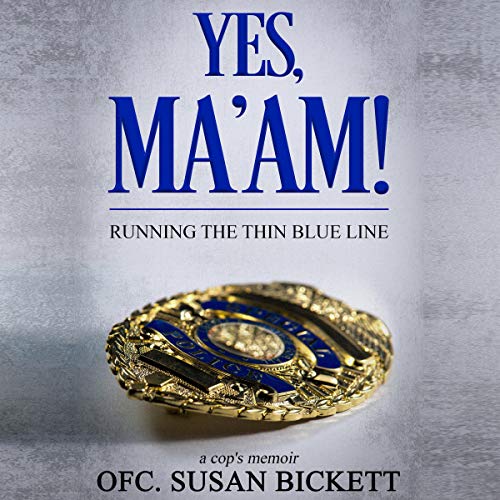“Disrupting Corporate Culture” by David G. White Jr.
The rise and fall of the world based on the disruption of culture seems a diabolical dilemma of some nano-reality. Reading those first few lines of this book, as a child of the ever changing last century, I wanted to puke on the keyboard. Life is about change. But I kept reading. And I kept reading.
There had to be a redeeming explanation of all these analytical reverberations somewhere, right?
About the time I read the paragraphs under “Why this book?” I’d decided this introduction could probably have been written to better entice me into the book, but there was definitely something worth reading coming… I found it in the confusing cultures of confrontational theories. Finally, an explanation for the statistical improbabilities of un-ending streams of operational discussion. The litany of cognitive science discussions that took place up to that point were benign explanations of an outcome based system. I wanted to read something that would HELP not just explain the pandemic disaster that had brought significant consequences on a nation of unsuspecting people. There had to be cause!
Before I began accusing White of being a changeling of the Flat Earth culture, I flipped ahead and began reading some of the more effective management concepts. By skipping ahead, I arrived at Chapter 3 and the discussion of “deep structure” a cultural anomaly based on corporate mainstream systems and an understanding of the mean problems White had discussed in the first couple of chapters in his book.
Then I was able to go back and read through the problems and foundational issues of his discovery, with some labeling concepts in mind. Identification of those were grounded in more effective meaning. The patterns of culture and how one segment relates to another, as well as the fundamental assembly of cognitive realities form a basic concept for relating corporate dynamics to the genealogical environment of the family. These junctional variations offer evidence of existential neuroscience as a process of intertwining cultural experiences.
PURCHASE LINK: https://www.amazon.com/Disrupting-Corporate-Culture-Cognitive-Accepted/dp/0367280868
The best parts of this book were the evidential discussions of case studies, cultural and social examples, and the instrumental evaluations of various tools used in the author’s discovery. I did find it necessary to frequently look up many of the reference sources and cited books and documents in order to apply references used within this book. For instance, models of leadership appeared to transpose across a variety of business diagrams, and yet… Placement of leadership models offered innovative standards that I found necessary to the cultural experiences of corporate structure.
Knowledge is power. The analogies and comparisons of various abstracts within the pages revealed a deeper level of processing than the simple technological concepts.
By the end of the book, I found the author talked a lot about the research required, and less about the process of engineering our culture into quantitative change. I believe the conceptual exchange of discussion in this book is supported by the resources and additional studies. I do believe this could be a beneficial book for anyone operating businesses in these changing times, who might need to better understand how change takes place and why.
Kendall Townsend, posted by Michael Rand







